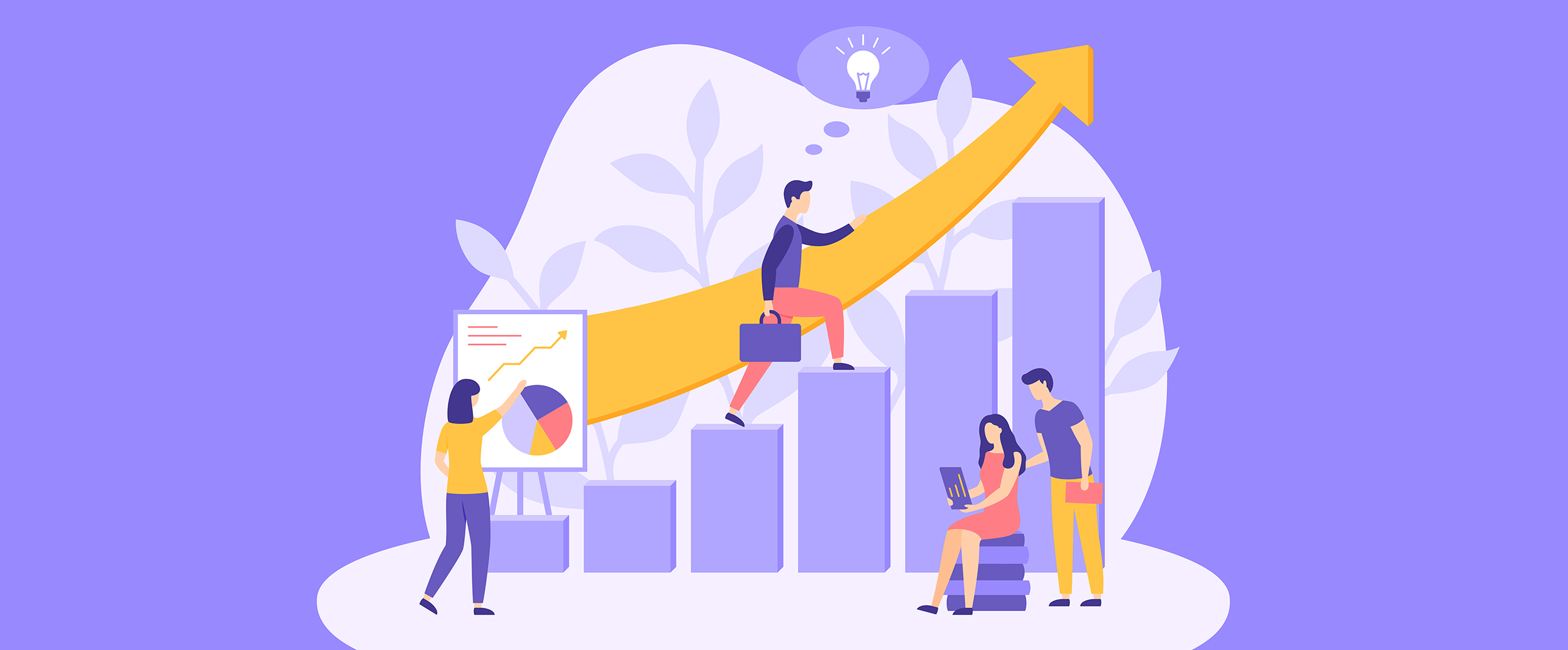Tips and tricks for starting your HR reporting and analytics journey
Learning how to navigate and harness human resources data can feel challenging. Try these tips and tricks for starting your HR reporting and analytics journey.

Table of Contents
As data increasingly drives decision-making, people leaders, HR managers, and executives are faced with a challenge. People analytics can inform actions that yield powerful results, but finding, tracking, and harnessing that data is not easy. Here are a few tips and tricks for starting your HR reporting and analytics journey.
Set an analytics strategy in place
When starting out with HR analytics, you’ll need to consider everything from your technological capabilities to your data applications. An analytics strategy can help you shape your approach to the organisation’s overall business strategy. Here are a few things to consider as you formalise your approach:
- Establishing key objectives. What do you hope to achieve with human resources data at your fingertips? Data can help you find solutions with higher accuracy, so establish the problems you hope to solve from the get-go.
- Setting expectations and limitations. While data can broaden your perspective and back important decisions, it isn’t a silver bullet. Set realistic expectations and limitations for the data you collect and anticipate where you might need to look elsewhere.
- Recording results. How will you record and process the data you pull? Qualitative and quantitative information requires post-collection processing, so plan for how you’ll analyse and draw conclusions.
- Informing stakeholders. HR information is relevant to many people in an organisation. Make sure that data and results make their way to key stakeholders from C-suite executives and HR teams to middle managers and people leaders. The role of HR is not just limited to recruiters – it spans the entire employee lifecycle. Make sure you consider all key people like the employee experience team, the events team, and others related to the HR data you pull so they can stay informed about their area of expertise.
Harness your data with precision
Your HR reporting and analytics journey must be marked by precision. A thorough plan and methodology can only get you halfway – the information you gather must be accurate and precise, as well. You need good data that’s integrated across software modules and governed by the same rules engine.
If data is spread across systems, you’ll have difficulty consolidating information and deriving value from it. Not only will data pose problems in the processing stage, but also in delivery. Exporting information quickly is challenging when working with splintered systems. That’s where HR leaders need integrated technology that can help leverage people data to make proactive decisions.
Explore your technology options
When you’re collecting data for the first time, make sure you have systems that work for you, not against you. Explore your technology options with a checklist populated with your most relevant needs. Whether your focus is on self-service accessibility or real-time AI-powered analysis, a simple spreadsheet won’t cut it. And look for options with customizable dashboards that simplify your search for the answers you need.
HR reporting and analytics are helping businesses like Motivate
"As a CEO, what I appreciate is to have precise, fast information every day. Dayforce is a tool that gives us all the data we need to make decisions. So Dayforce has been a great return on investment."
Invest in analytics learning and upskilling
Anyone who handles data analysis needs a set of skills to navigate new software and harness information for real change. Invest in analytics learning and upskilling to ensure your HR team and all relevant stakeholders have educational tools at their disposal. Whether they will handle daily information in your HR reporting and analytics software or check resources once a month, you need to account for a learning curve.
An effective approach to learning involves your technology vendor from the start. Collaborative HR vendors can help you start leveraging people analytics views and tools immediately while the HR teams ramp up their learning. Though it takes time to implement new software and for people to adjust, people analytics tools are easy to use. Your HR vendor can do most of the initial heavy lifting on analytics, allowing HR teams to be a consumer. You don’t need to be a data scientist to extrapolate meaningful statistics from a dataset, especially with the right partnership with a tech vendor and intelligent workflows behind your every click.
Measure your effectiveness and adjust for the future
As with any project, reflection is a must. Be sure to measure the effectiveness of your HR analytics and look for ways to improve your data gathering strategy. If there are improvements to be made, don’t hesitate to implement them. Keep making adjustments to move forward with the most accurate and relevant data possible.
No matter where you start your HR reporting and analytics journey, there is a wealth of information awaiting you along the way. If you hit a snag, work with your software partner to find quick fix solutions that will keep your people leaders informed and equipped to act.
You may also like:
Ready to get started?

